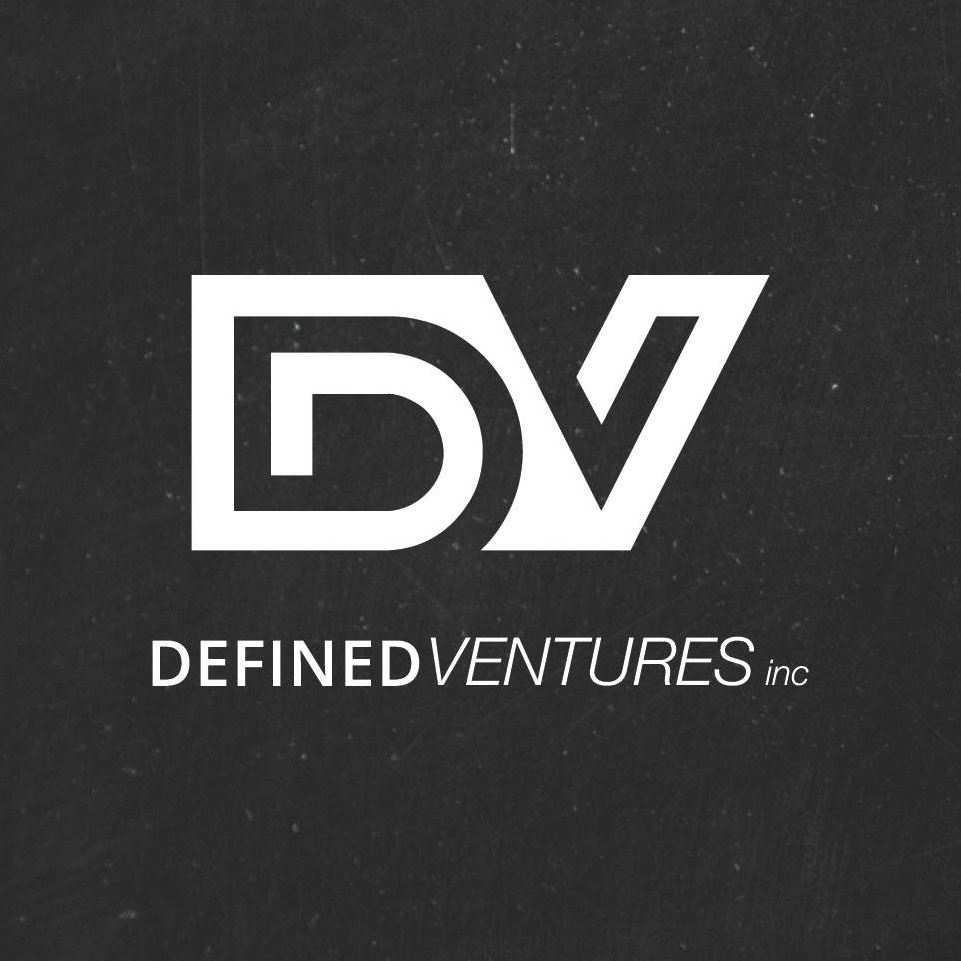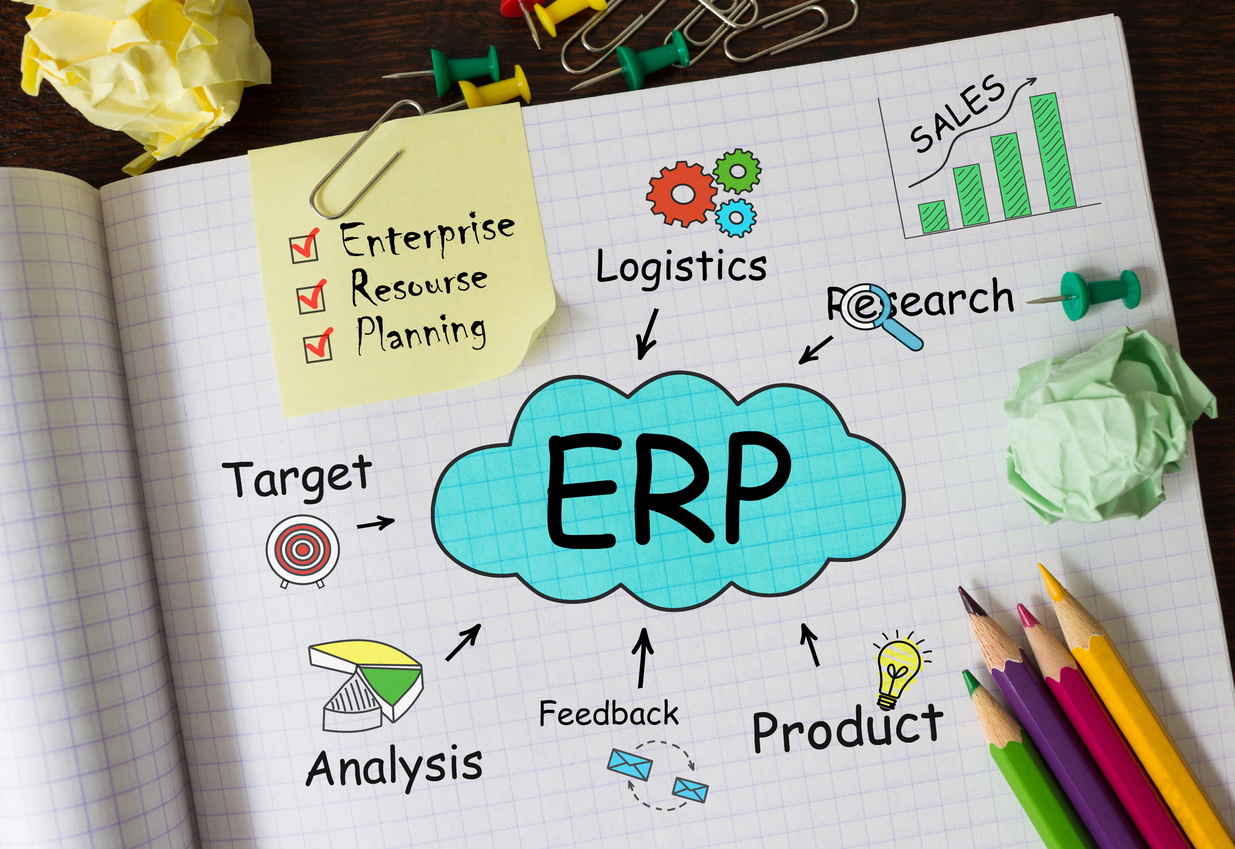Resource planning is all about deciding how to allocate resources to various work that needs to get done. In an ideal world, enterprise resource planning, or ERP, software would make these decisions for you. At the very least, enterprise resource planning solutions make the decision-making process smoother, easier, and more straightforward.
Enterprise resource planning takes into account all of the processes that are needed to run a business. These processes can include: inventory, order management, accounting, human resources, sales, customer service, marketing, and so on. As businesses grow, the need for expanding these processes is essential to maintaining an efficient business while growing.
An enterprise resource planning software integrates all of these processes together so that departments can communicate and share data effectively and seamlessly. Enterprise resource planning systems are essential for gaining a large perspective on your business’ resource allocation. They also benefit the communication with employees.
Enterprise resource planning systems are valuable because it can generate the real-time, comprehensive data needed to grow your business. It also links departments and processes, such as sales and order fulfillment, to enhance employee and customer experience. By providing one source for billing and customer service, employees can interact with customers on both a personal and automated level.
Dr. Ravi Kalakota and Marcia Robinson, authors of E-Business Roadmap for Success, explain that “off-the-shelf solutions also do not provide a competitive edge for long – any technology your company can buy today your competitors can buy tomorrow. Senior executives must consider a new set of questions: What business processes bring us our identity and competitive advantage?”
What should you consider when selecting an effective enterprise resource planning solution? When comparing enterprise resource planning systems, you should take into account:
Resources
Resources are everything that your business owns; cash, raw materials, and production capacity. Cash, or finances in general, is calculated with debt factored in. Raw materials, or capital, includes inventory, office equipment, servers, real estate, etc. Production capacity includes employees and is calculated in man hours.
Documentation
Workflow and processes are important to consider when selecting an enterprise resource planning system. How does new work come in? Is it through a sales rep, account manager, customer request, manager request, etc? When new work comes in, does it follow a standardized process or deviate based on the needs of the project? Is there an on-boarding meeting that is needed to determine needs? If so, how is it billed to the customer?
You should also consider questions, such as:
- What is the process of determining who is responsible for the project?
- Are there several departments working simultaneously on a project?
- Is there an account manager or does the responsibility shift based on the stage of the project?
- Is responsibility determined by a role? For example, a graphic designer may be assigned mockups, but a web developer is assigned the task of coding.
- Will it based on the employee’s available hours?
- Does the project deadline calculation take into account current workload?
- Is the project deadline based on available hours?
Man Hours & Capital Resource Reporting
Managers should have a clear understanding of where and how work is allocated to employees. Once the work is assigned, managers need to be able to access real-time reports on the progress of the current workload. By staying aware of current workload allocation, managers can plan ahead to plan for busier seasons, proactive improvements, and employee’s schedules.
A good enterprise resource planning solution will track the capacity of resources, like hours contracted versus hours booked. This is done by integrating a platform with other software to bring several different types of programs together. This creates a customized plan for tracking and reporting on your business.
By tracking man hours and capital resources, your system can let you know when you should hire someone or eliminate excess resources. Tracking data year-to-year can let you know in advance if you’re having a busy season or if it’s another external reason traffic is increasing.
Finance
Finance resource reporting shows return on investment in addition to other standard capital metrics.
Forecasting future work is needed to know about work that is coming down the pipeline and how to prepare for that work. Being able to predict and plan for man hours or resources is ideal for business growth. You can begin to hire and train new employees before the busy season starts, so it’s not chaotic when it hits.
- Finance tracking also uses statistical analysis to predict unforeseeable events. This includes employee sick days, bad weather, software maintenance, and more. Planning with these things in mind can help you stay ahead even when emergencies hit.
- Be sure to communicate change to your employees. David K. Carr, author of Managing the Change Process, points out, “during a period of organizational change, a company’s reward structure should be linked to achievement of the goals mandated by the change. The policies and procedures for rewards and censures must be made known to all employees at all levels, and must be implemented fairly and impartially.”
Enterprise resource planning systems allow you to eliminate redundant processes and double data entry, while helping you track data and plan for the future. With software as a service increasing in the software marketplace, you can customize your own enterprise resource planning tool so that it’s custom-fit to your business. Select a base platform, like Podio, to connect your departments, and then other software as a service solutions to add features and automations. For example, you can use MailChimp for marketing, QuickBooks for accounting, Tableau for visualized reporting, Shopify for inventory management, and PandaDoc for document management. Podio works to bring these different software together in one easy-to-use, inclusive software. This means no more logging into multiple software everyday. Communication avoids getting lost in the cracks. And no more delayed customer service replies.
James McPeak, vice president of Envoy Corporation, recommends using a consultant because “certified consultants are able to translate business requirements into software configurations far more effectively than non-certified consultants. They can also provide a much more realistic forecast of what your CRM will entail in terms of time and resource requirements.” Contact us today if you have any questions regarding customizing your own ERP solution.
President and founder of DVI, Aaron Boerger realized early in life that he had a unique combination of x-ray vision and business acumen for seeing the weaknesses that held businesses back – and the ability to define the right tools, technology and strategy to make them stronger.
From founding a successful technology support business in his early teens, to serving as Chief Operating Officer for several companies in the financial, technology and marketing industries, Aaron has developed a reputation for reinventing technology implementation tactics – and the willingness to tell people not what they want to hear, but what they need to hear, in order to achieve success without overwhelm.
Aaron will always go the extra mile to provide the accountability and support his clients need to achieve their goals, yet isn’t afraid to tell them when they are doing something wrong.

